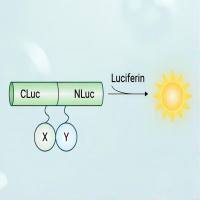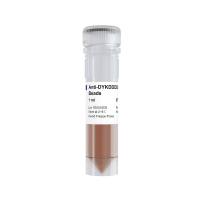Quantitative magnetic resonance spectroscopy (MRS) and imaging (MRI) measurements of energy metabolism (i.e., cerebral metabolic rate of oxygen consumption, CMRo2 ), blood circulation (i.e., cerebral blood flow, CBF; and cerebral blood volume, CBV), and functional MRI (fMRI) were used to interpret the physiological basis of blood oxygenation level-dependent (BOLD) image contrast at 7 T in rat brain. Multimodal signals over a wide range of activity, for primarily glutamatergic neurons, were measured. Because each parameter that can influence the BOLD image contrast was measured quantitatively and separately, multimodal measurements of changes in CMRo2 , CBF, CBV, and BOLD signal allowed calibration as well as validation of fMRI. Good agreement between changes in CMRo2 calculated from BOLD theory and measured by 13 C MRS reveal that BOLD signal changes at 7 T are closely linked with alterations in neuronal glucose oxidation of glutamatergic neurons, both for activation and de-activation paradigms. Additional neurochemical and neurophysiological studies with fMRI suggest that the BOLD response from the cerebral cortex is closely linked to neurotransmitter release and energetic demand of glutamatergic neurons. Thus, calibrated fMRI may be used to reflect energetic changes of ensembles of glutamatergic neurons in the cerebral cortex.






